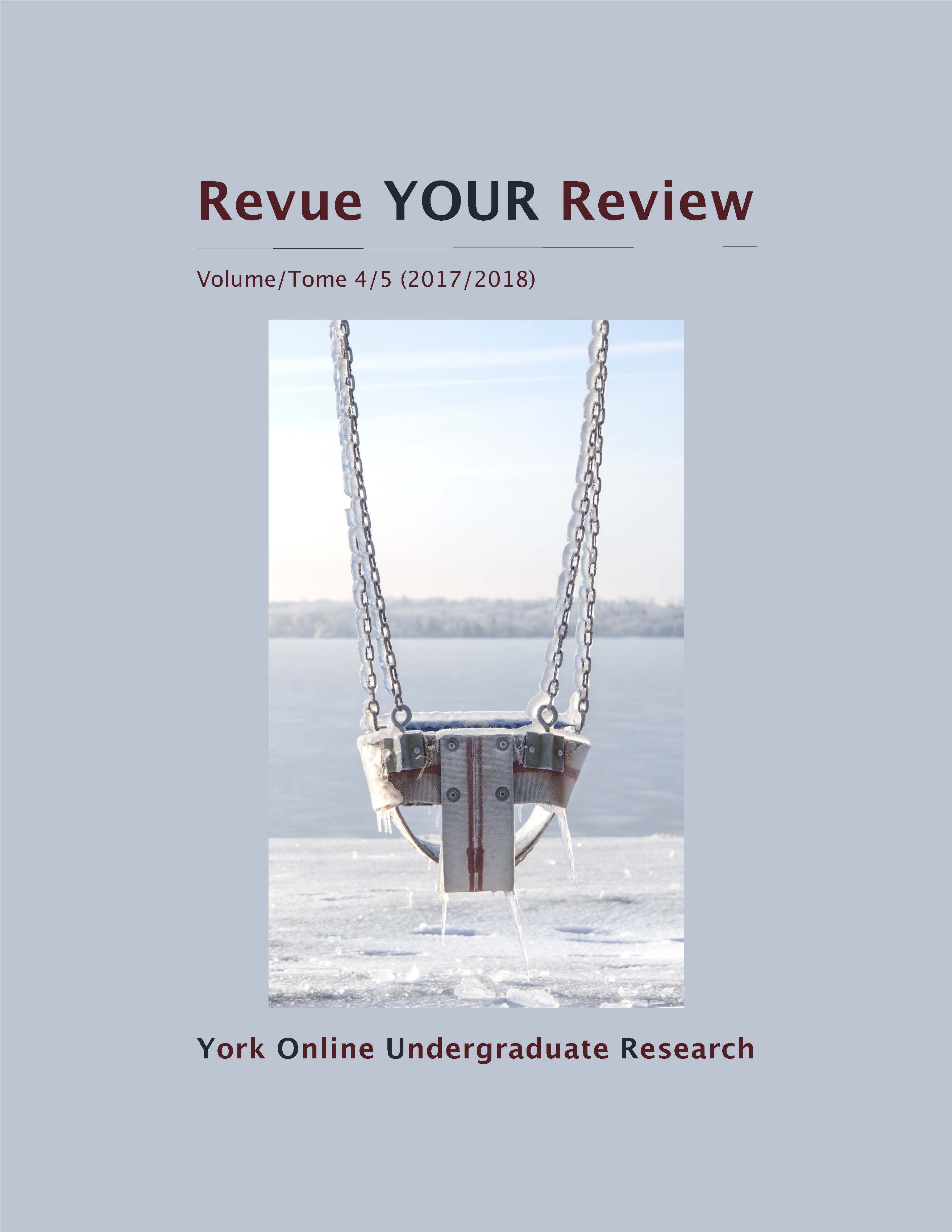Incredibly Close Yet Extremely Far: The Juxtaposition of Utopia and Reality in Expo 67 and Montréal
Abstract
Expo 67 was a powerful cultural symbol that represented a utopic and futuristic view of the civilized community. The event, originally sought as an addition to the centennial celebration for the country, took on a life of its own and changed its host city, Montréal. Exploring the event through period photographs of the site and the city; memoirs of the principal administrators of Expo 67; the official guide to exhibitors; and the souvenir book, this article examines how the ideals of Expo 67 immediately influenced the creation of the site and its layout and compares it to the urban planning philosophy of the wider city in the 1960s. It is proposed that the site and its planning were in complete symbiosis with the ideals and values put forth by the organizers of the event, but in the city of Montréal the integration was more diluted. On the newly created island, organizers could shape the nature and the environment that tourists saw and tailor it to reflect an idealized version of a city. The reverberations of the model on the city were more ambiguous as the built infrastructure and the larger scale of Montréal put up challenges to the transfer of the ideals.
Downloads
Published
How to Cite
Issue
Section
License

This work is licensed under a Creative Commons Attribution-NoDerivatives 4.0 International License.
Authors contributing to Revue YOUR Review agree to release their articles under one of three Creative Commons licenses: Creative Commons Attribution 4.0 International; Creative Commons Attribution-NonCommercial 4.0 International; or Creative Commons Attribution-NoDerivatives 4.0 International. All editorial content, posters, and abstracts on this site are licensed under Creative Commons Attribution-NoDerivatives 4.0 International. For further information about each license, see:
https://creativecommons.org/licenses/
In all cases, authors retain copyright of their work and grant the e-journal right of first publication. Authors are able to enter into other contractual arrangements for the non-exclusive distribution of the e-journal's published version of the article (e.g., post it to an institutional repository or publish it in a book or in another journal), with an acknowledgement of its initial publication in this e-journal.


